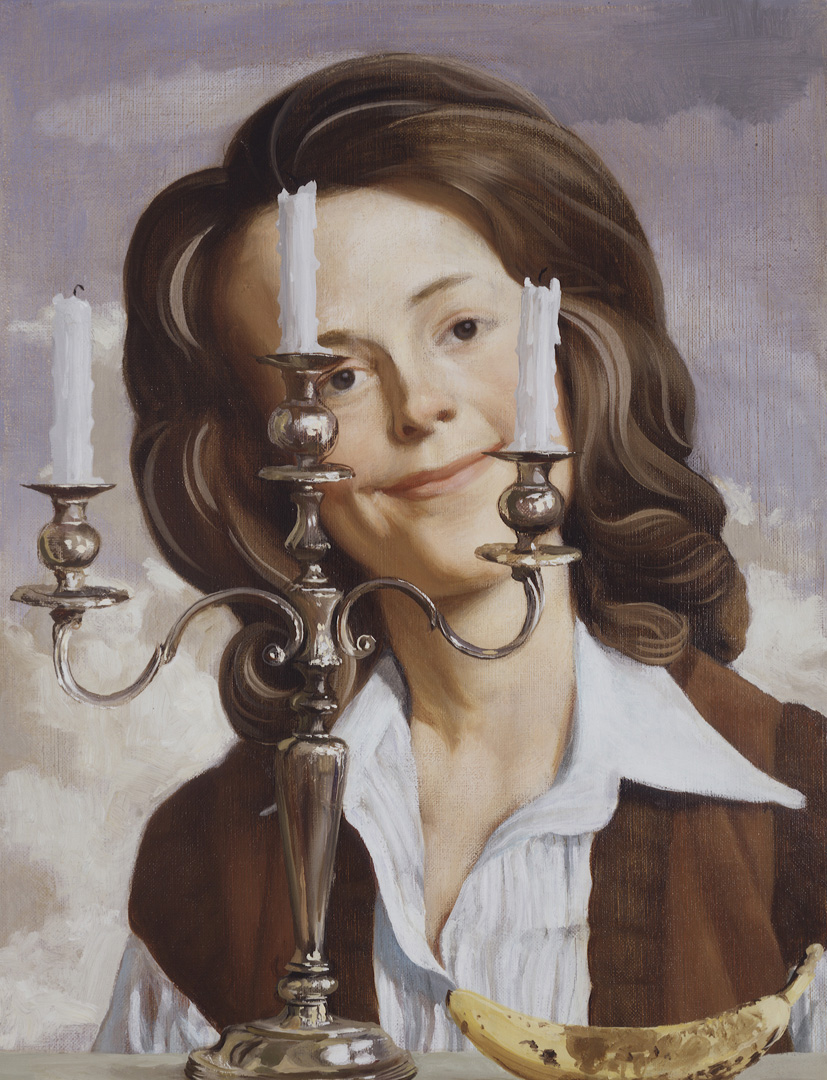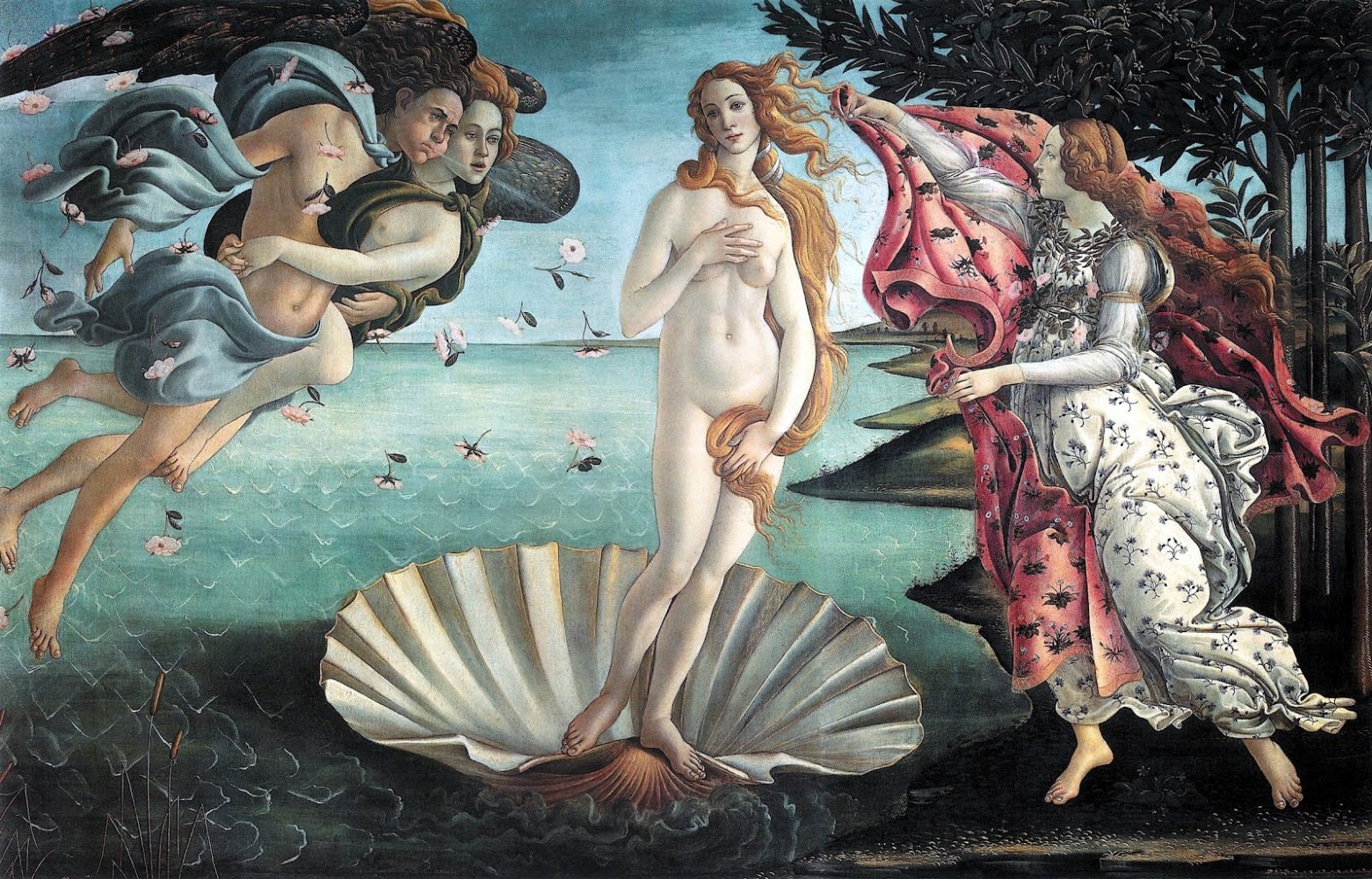Thursday, February 28, 2019
Three Minute Thesis
Today we looked at many, many examples of figure and comic book artists. The picture below is one of Bill Viola's works. Afterwards, we went to the Three Minute Thesis competition and watched some graduate students present. My three favoites were Sophie Su, Austin Shurtliff, and Kaleb Ostraff.
Monday, February 25, 2019
What Surface Should We Draw On?
Instead of just drawing on newsprint forever, we prepared surfaces to draw on today with tissue paper, newspaper, and paint.




Wednesday, February 20, 2019
Paint Drawing
Tuesday, February 19, 2019
Ink Bodies
Today we continued studying drawings from the masters. We practiced imitating their work and trying to find out why they did the shading that they did (in terms of anatomy, mostly) and then we worked from a live model. We used ink, pastel, water, brushes, and pencils dipped in ink.





Figure Drawing Reading
1. What rationale for figure drawing or studying the human form can you find in this article?
Drawing and studying the human figure can help students combat the sexualized and dehumanized bodjes that are portrayed in the media. The human body can also be used in art in a variety of ways that are powerful and beautiful. It can help us learn about human anatomy. A student might also learn to consider what ideals are being portrayed in the world they live in and why. They can learn to read an image of a body like a text. Figure drawing can teach us to capture action and life.
2. What art making activities does this article describe?
Put a skeleton inside of two boxes and then have the students draw that. Then take the skeleton out of the box. Have them draw a person standing in front of them, focusing on the clothes and thinking about where the clothes came from. Then have them discuss why it is so hard to draw a figure.
Draw a skeleton emphasizing the largest shapes and lines.
Show examples of people who use the figure in their art (see list below) and discuss what makes a good drawing other than meticulous detail and accuracy.
Do gesture drawings of greek statues, fashion magazines, and student models. Do this using pastels, water, ink, gesso, charcoal, sticks, and other materials.
Make collages of polymer, gesso, and newspapers to draw on top of.
Stand back from the drawing and draw on top of drawings.
Combine drawings and maybe use spray paint to rework some of the studio drawings.
Do a big project involving drawing from real life, the study of taking photographs, and the use of photographic references. Multi-media is encouraged.
3. What artists are mentioned. Look up each of these artists and capture an image of their work.
Elizabeth Peyton

Marlene Dumas
William Kentridge

Kiki Smith
Kara Walker

John Currin

Botticelli

Picasso

Kerry James Marshall
Rodin
Michelangelo

Willem de Kooning

Friday, February 15, 2019
Wednesday, February 13, 2019
Fashion and Labyrinths.
We began our day with drawing. To study the diversity of line, we looked at fashion drawings and used ink to replicate them.


We also did a series of drawings based on a live model.


With Rebecca, we practiced using a labyrinth to find ourselves. We completed it with different breath patterns and discussed our feelings. Some were frustrated and some found peace.

We also did a series of drawings based on a live model.
With Rebecca, we practiced using a labyrinth to find ourselves. We completed it with different breath patterns and discussed our feelings. Some were frustrated and some found peace.

Tuesday, February 12, 2019
Chalk and Water Makes Chalk Water
We started the day drawing gestures (energy and motion) with chalk pastels. We later added water to blur the boundaries between drawing and painting.




We also discussed classical ways of studying the figure such as drawing someone else's sculptures. We discussed the possibility of integrating art history this way.
With Rebecca, we did a massage meditation and practiced our standing posture. We also discussed how our study of BEST (body, energy, space, time) is going.
Monday, February 11, 2019
Wednesday, February 6, 2019
Transition to DRAWING
Today we got right into drawing. We began with a pre-assessment of our skills by doing our very best to draw a model in 15 minutes:


Afterwards, we looked at different ways of teaching drawing for beginners-- What are the basics? Where do we start? Students volunteered to teach small lessons to the class:


Dr. Graham finished off the teaching by emphasizing the importance of capturing gesture. Afterwards, we did 3 minute drawings:



With Rebecca, we did a meditation on the hard surfaces of the table. The meditation led us through focusing on every part of our bodies and the direction of our breath. We finished the day by reviewing and expanding upon crocheting.

Afterwards, we looked at different ways of teaching drawing for beginners-- What are the basics? Where do we start? Students volunteered to teach small lessons to the class:
Dr. Graham finished off the teaching by emphasizing the importance of capturing gesture. Afterwards, we did 3 minute drawings:
With Rebecca, we did a meditation on the hard surfaces of the table. The meditation led us through focusing on every part of our bodies and the direction of our breath. We finished the day by reviewing and expanding upon crocheting.
Subscribe to:
Comments (Atom)











